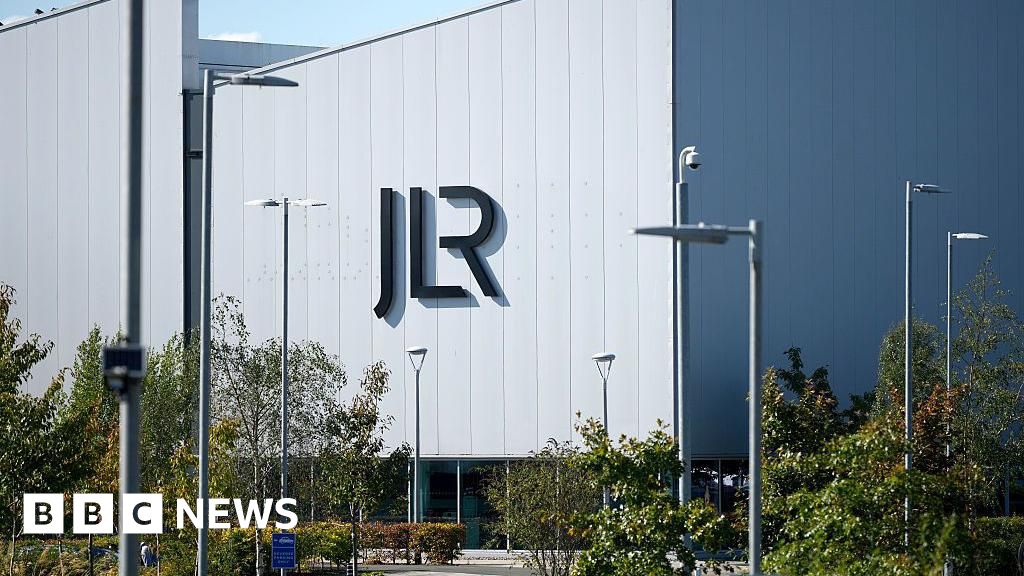October 6, 2025 — 5:00am
Travelling to Europe in the near future? If you’re going on an Australian passport, or any other non-EU passport, you’re going to encounter Europe’s new Entry/Exit System (EES).
Implementing the system will take time, but in the long term it’s a gain for Aussie travellers, promising quicker and more fluid entry to Europe.
What is the EES?
The EES is a digital border control system that automatically registers non-EU visitors entering the Schengen zone. It comes into effect on October 12 and applies in 25 of the 27 EU member states, plus Switzerland, Norway, Lichtenstein and Iceland, all members of the Schengen zone. Although they are EU members, Ireland and Cyprus will continue with manual processing of passports for incoming passengers. The only other European countries not included under the EES umbrella are the UK, Ireland, Albania, Bosnia and Herzegovina, Moldova, Montenegro, North Macedonia, Serbia and Turkey.
What you need to do to enter Europe under the EES

Nothing. You don’t need to apply or pre-register for the EES before entering Europe. The first time you enter a Schengen zone country after October 12, you might be asked to provide biometric data including a photo and fingerprints at a kiosk. This data will be retained for future entries and exits. The system won’t be implemented instantaneously on October 12 at all entry points across the Schengen zone. You might still have to front up to an immigration counter to have your passport checked. The EES will be rolled out gradually over a six-month period, with full implementation from April 10, 2026.
When your fingerprints and photograph have been captured you will be able to use self-service scanners to enter and exit Schengen zone countries on subsequent trips. This is expected to work like Australia’s SmartGates, which use facial recognition technology to match you with your passport data.
One of the requirements of the EES system is a biometric passport, which has a chip loaded with your biometric data. Those without a biometric passport won’t be denied entry, but they will need to front up to an immigration officer instead of using the self-service portal.
What biometric data does the EES store?

For Australian passport holders who do not need a visa to enter the Schengen zone, the EES system will store four fingerprints and your facial image. Initially, fingerprints of children under 12 years of age will not be scanned. The data the EES collects is subject to the EU’s General Data Protection Regulation, which requires that data can only be collected for specific and legitimate purposes. EES administrators insist safeguards are in place to ensure the rights of travellers regarding the protection of their private lives and personal data.
What’s the rationale for the EES?
When fully implemented, the EES will replace passport stamps with digital scanners that record entry and exit across the Schengen zone. That will make border checks quicker and simpler, and it should make European travel for Australians as speedy as it currently is for EU passport holders. There is also a security aspect to the EES since it prevents travellers from overstaying, using false identities or otherwise misusing visa-free travel.
The system should also make it much easier to leave and re-enter the Schengen countries. For example, that would apply to Australians who might leave the Schengen zone after 40 days and travel to the UK for three weeks, and subsequently wish to return to the zone to use up the remainder of the 90 days they are permitted to stay in a 180-day period. Rather than having to prove their eligibility to return based on entry and exit stamps recorded in their passport, their movements will be digitally recorded.
Although Europe is coming late to the party, many countries have taken steps to implement electronic screening for incoming travellers. The list includes Australia, the US, Canada, Thailand, Singapore, Indonesia and, as of October 1, India, with its e-Arrival Card. As well as expediting immigration processing, electronic screening systems are a potent security measure since they can link a particular passenger to nuggets of information.
For example, the PNR, the six-digit string of characters and numbers that a passenger is assigned when they make an airline booking, has information about their travels, how they booked, paid, visa information and meal preference. Some countries employ agencies to conduct forensic scanning of incoming travellers, even scraping social media for unwelcome political or ideological posts. In a world where terrorism, illegal immigration and even freedom of expression are hot topics, it’s not surprising that countries want to know more about who is coming to visit, and possibly intending to stay.
There’s more to come
The EES is a first step towards full implementation of the European Travel Information and Authorisation System (ETIAS). Much delayed – ETIAS was supposed to start in 2020 – the system is now expected to come into effect in the last quarter of 2026. ETIAS is a visa waiver system, similar to the US’s ESTA and the UK’s ETA, and it will become an entry requirement for non-EU passport holders travelling to any of the 30 European countries covered by the system. Under ETIAS, passport holders from a selected group of visa-exempt countries, including Australia, will need to apply for an ETIAS travel authorisation.
The application process is simple, although the questions have become more intrusive than originally envisaged. Applicants will be required to provide their name, date and place of birth, nationality, home address, parents’ first names, email address and phone number, passport number, education level and current occupation, intended travel details and any criminal convictions, past travels to war or conflict zones and whether they have been deported or refused entry to any country. The cost is expected to be €20 ($36), Once issued, the travel authorisation will be valid for three years.
Will it all go smoothly?
Expect some missteps and foul-ups during the rollout of the ESS and ETIAS. For proof, consider the chaos caused at Melbourne, Sydney and Brisbane airports when Australia’s Border Force installed its Gen3 SmartGates in 2024, which involved on a minor change in the process. But in the longer term, ESS and ETIAS are worthwhile innovations. Anyone who has queued for 30 minutes or more at border control in a European airport should have reason to cheer.
Sign up for the Traveller newsletter
The latest travel news, tips and inspiration delivered to your inbox. Sign up now.
Michael Gebicki is a Sydney-based travel writer, best known for his Tripologist column published for more than 15 years in Traveller. With four decades of experience, his specialty is practical advice, destination insights and problem-solving for travellers. He also designs and leads slow, immersive tours to some of his favourite places. Connect via Instagram @michael_gebickiConnect via email.


















































